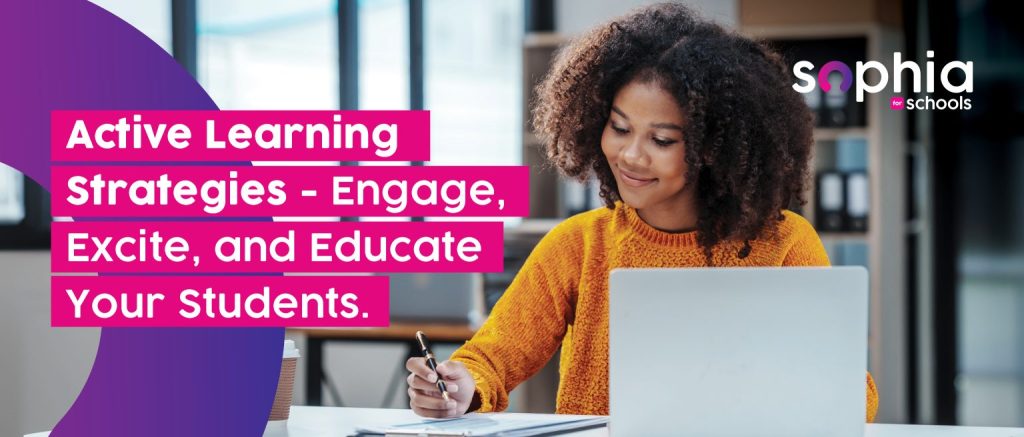
Are your students constantly glued to their seats, eyes heavy with boredom? Do you find yourself daydreaming of a classroom where enthusiasm and curiosity take centre stage? Well, it’s time to bring active learning into your teaching toolkit. This dynamic approach can turn your classroom into an exciting hub of learning, where students are active participants in their education journey.
What Is Active Learning?
Active learning is not some complicated educational jargon. It’s simply a teaching method that gets students involved, both physically and mentally, in the learning process. Instead of the traditional lecture-style teaching, active learning encourages interaction, discussion, and hands-on experiences. It’s all about fostering engagement and boosting student interest in the subject matter.
Why Does Active Learning Matter?
Think about it: when you’re actively involved in something, you tend to remember it better. The same goes for your students. According to a study published by Scott Freeman (2014) “active learning leads to increases in examination performance that would raise average grades by a half a letter, and that failure rates under traditional lecturing increase by 55% over the rates observed under active learning”. In essence, active learning promotes better retention and comprehension of the material. It also helps students develop critical thinking skills, problem-solving abilities, and teamwork – skills they’ll need long after they leave your classroom.
Here are some practical active learning strategies to kickstart the excitement in your classroom:
1. Think-Pair-Share
Instead of asking a question and waiting for a single student to respond, pose a thought-provoking question and give students a moment to think about it. Then, have them pair up to discuss their thoughts before sharing with the class. This strategy encourages peer-to-peer learning and ensures that even the quieter students get a chance to participate.
2. Flipped Classroom
Flip the traditional teaching model by having students review course materials at home and use class time for discussions, problem-solving, and hands-on activities. This way, your classroom becomes a space for active exploration rather than passive listening.
3. Group Projects:
Divide your class into groups and assign them a project related to your lesson. Encourage them to research, collaborate, and present their findings to the class. Group projects not only promote active learning but also foster teamwork and communication skills.
4. Gamify Your Lessons:
Turn your lessons into games or quizzes. Whether it’s a Jeopardy-style review or a scavenger hunt to find answers, gamification adds an element of fun and competition that keeps students engaged.
5. Peer Teaching
Allow students to take turns as “teachers” by explaining concepts to their classmates. This not only reinforces their understanding but also builds their confidence and communication skills.
6. Interactive Technology
Use interactive tools, such as online quizzes, and virtual simulations, to make lessons more engaging. Technology can be a valuable ally in promoting active learning.
7. Real-World Applications
Show your students the real-world relevance of what they’re learning. Share stories, examples, and case studies that demonstrate how the subject matter is applied in everyday life.
Active learning is not about replacing traditional teaching methods but complementing them. By incorporating active learning strategies into your classroom, you can create an environment where students are eager to participate, explore, and learn. So, say goodbye to passive learning and hello to an engaged, excited, and educated group of students. Your classroom will never be the same again!